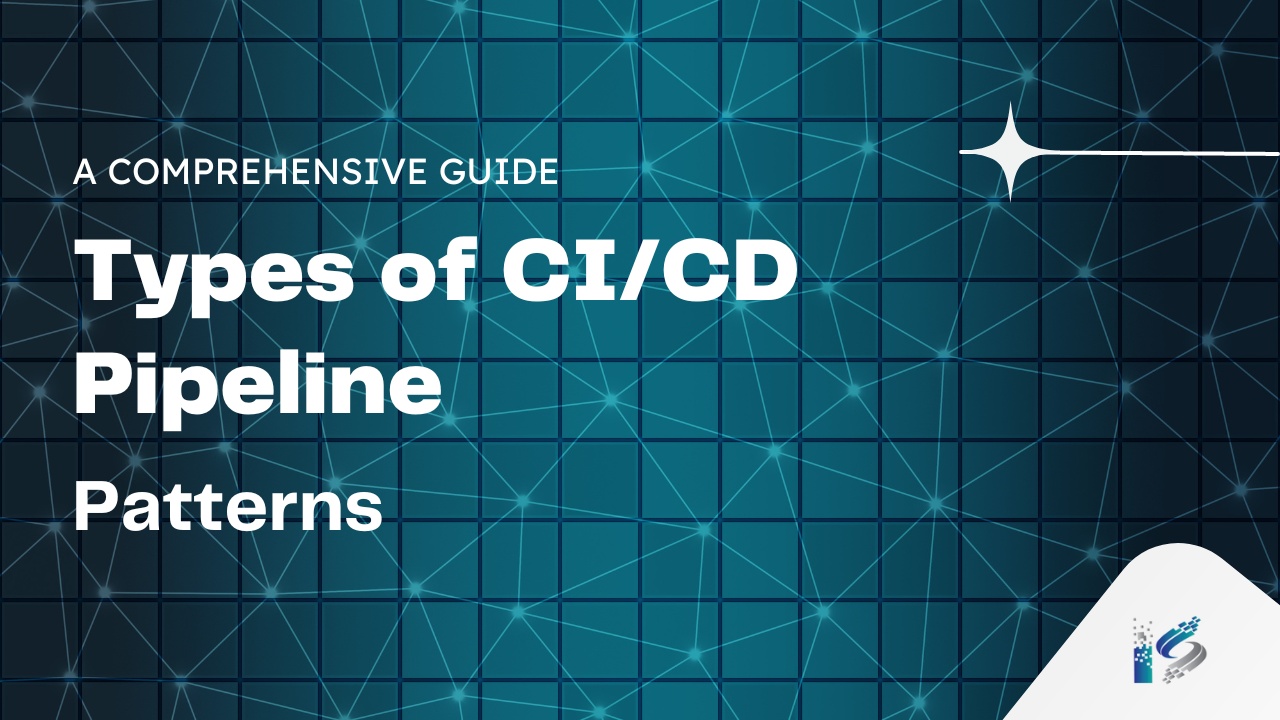What is CI/CD?
A CI/CD pipeline is an executable specification of the steps a developer must perform when delivering a new version of a software product. Engineers would still have to perform these steps manually and less productively without an automated pipeline.
The goal of a successful continuous delivery process is to minimize the time it takes to bring high-quality software to fruition by practicing agile techniques and automating the entire delivery system. Moreover, the strategy and structure of the pipelines are mainly determined by an appropriate structure and model. Therefore, pipelines should be deployment-centric, as a typical trigger would be a deployable Artifact.
These are the major types of CI/CD pipeline patterns. They are:
- Build and Deploy Model
- Pipelines as a Code
- Full Approval Pattern
- Test Automation Pattern
- Stable Internal Releases
- Designing Parallel Workflows
- Button Push Pattern
Build and Deploy Model
This model is primarily focused on building prototypes first and deploying them later. One advantage of this pattern is that artifacts can be created once and deployed multiple times. The build-and-deploy model is environment-agnostic, so no external environment-aware properties or packages are required. Additionally, this model pulls everything together, including the core infrastructure code.
Pipelines as a Code
Pipeline common sense is codified, saved along infrastructure code, and uses containerized runners on this pattern. It is controlled like an everyday app code and subjected to comparable assessment methods and branching strategies. Other than that, the execution of pipelines on bins enables your CI/CD platform to help extreme workloads, even though each workload includes its particular construct surroundings to satisfy its requirements.
For construct environments, box photograph provenance employs trustworthy Docker images. The implementation of the CI runner is automated, uniform, and hands-free. Furthermore, it could develop to shape calls for and be on standby throughout middle hours. Subsequently, it could decrease useless delays. Also, the secrets and techniques are stored out of doors in the pipeline, and their output is concealed, ensuing in more desirable security.
Full Approval Pattern
Frequently this pattern supports remarkably critical infrastructure, intelligence/ military, and hypersensitive industries are regulated. Automation might not be conveniently available until future versions of the venture.
Test Automation Pattern
Build automation is the core practice of the CI pipeline. Alternatively, the build process can use the build tool for a specific codebase. In addition, modern testing frameworks can mimic application development with orchestration packages that need to be implemented in the application. Also, changing test coverage to include API changes is an exception to automated testing. Therefore, a pipeline dedicated to testing automation might be the best option.
Stable Internal Releases
In this pattern, each code branch gets an entirely volatile environment for each branch that can be easily created and destroyed. Here, builds create versioned packages deployed and triggered by automatic or manual events. Additionally, software developers can delete or trigger an ephemeral environment at any time. CI runners use cloud-native capabilities to assume roles and get the correct permissions to complete projects.
Designing Parallel Workflows
Development teams often practice continuous integration in small pieces of code before building an application. Here usually, a linear flow is established. The whole thing can go from start to finish in no time. One common mistake is applying the same linear thinking when moving from continuous integration to continuous distribution. So, if you’re doing everything in parallel, your continuous delivery system needs to innovate in managing dependencies.
Button Push Pattern
When starting a pipeline, the pipeline is entirely either automated or manual. Push the button. Push pattern enables human approval. Finish line preferably than completely removing the human element. This enables one more validation for compliance, regulatory, or confidence-building reasons.
At ISmile Technologies, we see DevOps as a no-touch Continuous Integration/Continuous Deployment (CI/CD) driven software delivery approach. An approach that believes that a single integrated delivery function from requirements to production will provide higher business value to customers efficiently. Schedule a free assessment today.
CLOUD ENGINEER
Vignesh R
Vignesh is a cloud engineer with a demonstrated history of working in multiple cloud platforms like AWS, Azure, and GCP. His expertise proves in providing and implementing solutions for the organization.








